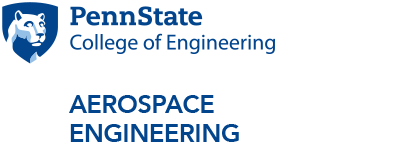Seminar Series: "Active Aeroservoelastic Control and its Challenges"
Abstract: The idea that active control could be used, in closed loop, to shape the aeroelastic behavior of deformable aircraft was known to aeroelasticians many years ago, going back to the 1940s and 1950s. In the late 1960s / early 1970s, with the appearance of “fast enough” actuators and other improvements in control technology’s theory and hardware, active aeroelastic control became feasible.
Much progress has been made in this area over the years and practically all advanced aircraft use active aeroelastic control in one form or another, including stability / handling qualities augmentation, gust load alleviation, ride comfort improvement, and maneuver load redistribution.
The full promise of the technology has yet to materialize, however, as it still faces major challenges.
The talk will begin with a tutorial on aeroelasticity and aeroservoelasticity, followed by a presentation of current challenges, and then: a few examples of recent R&D work at the University of Washington (UW) and by a UW collaboration with the Polytecnico di Milano (POLIMI).
Bio: Eli Livne is the Boeing Professor of Aeronautics and Astronautics at the William E. Boeing Department of Aeronautics and Astronautics at the University of Washington in Seattle. His years of experience include analysis, design, and test work on various civil and military aircraft as well as teaching and research in the areas of aeroelasticity, aeroservoelasticity, multidisciplinary design optimization (MDO) of aeronautical systems, applied aerodynamics, and aircraft design.
Professor Livne was the Editor in Chief of the AIAA’s Journal of Aircraft from 2011 to 2022. He is the recipient of the AIAA’s Holt Ashley Award for Aeroelasticity as well as the International Council for the Aeronautical Sciences (ICAS) Award for Innovation in Aeronautics “for seminal contributions to the theory and practice of Aeroservoelasticity in the context of aircraft Multidisciplinary Design Optimization, and pioneering work towards the maturation of aircraft active flutter suppression technology.” He is a Fellow of the AIAA.
Event Contact: Jessica Chhan



